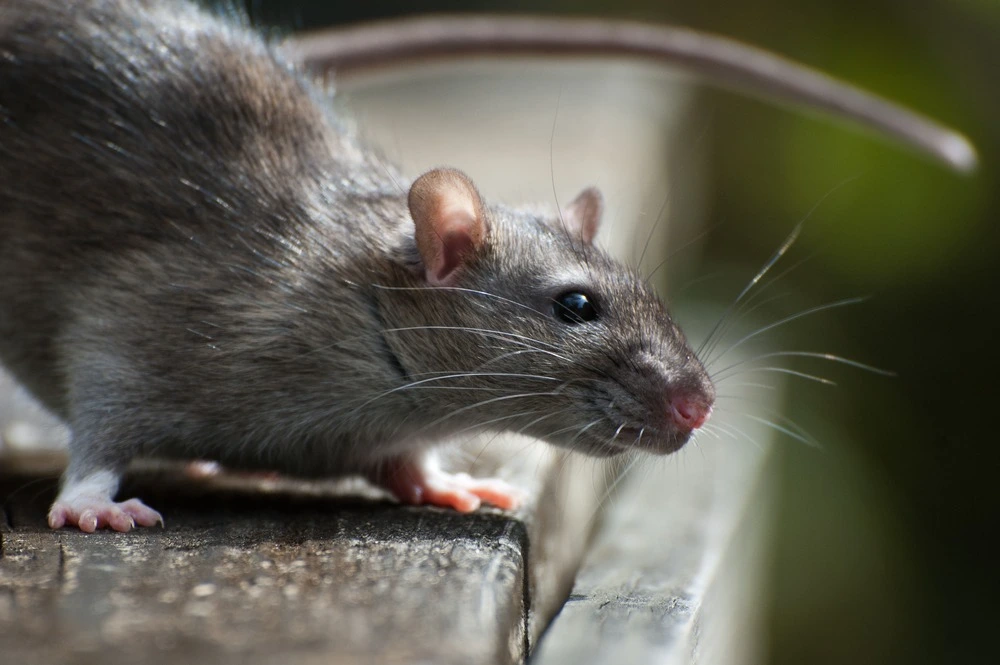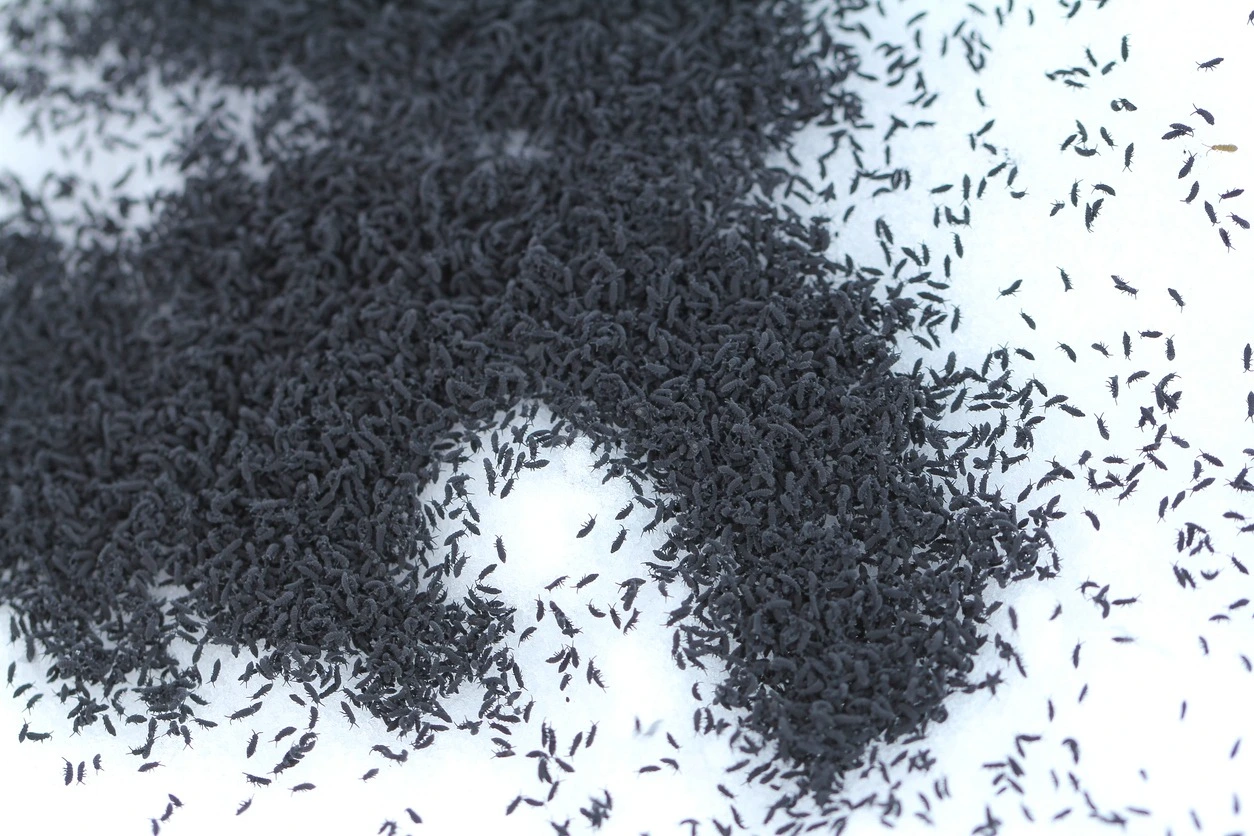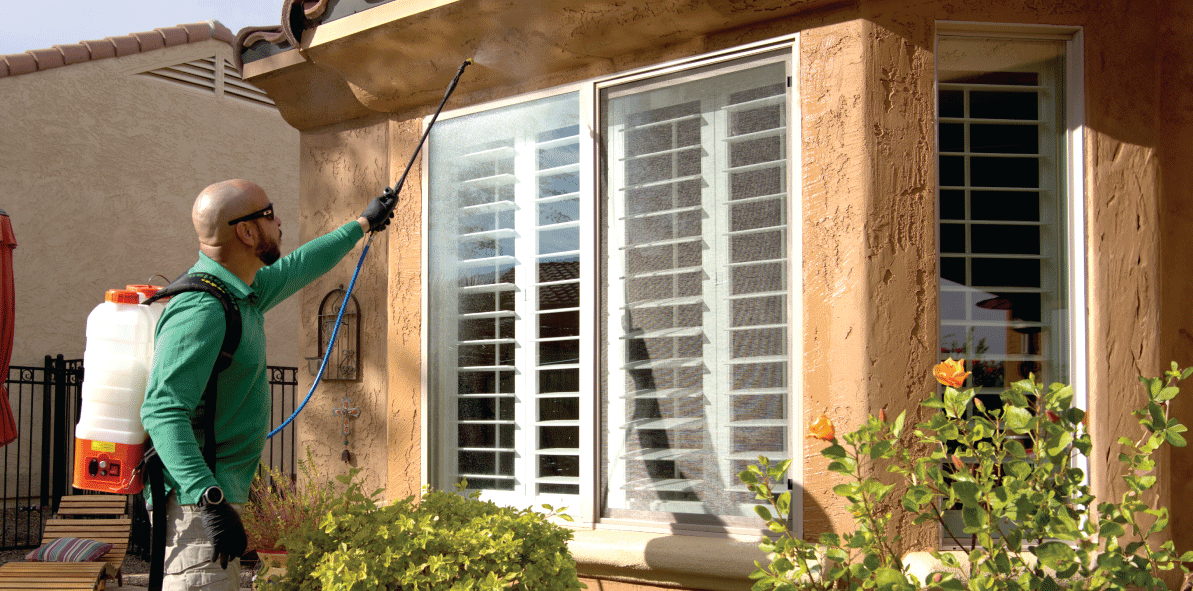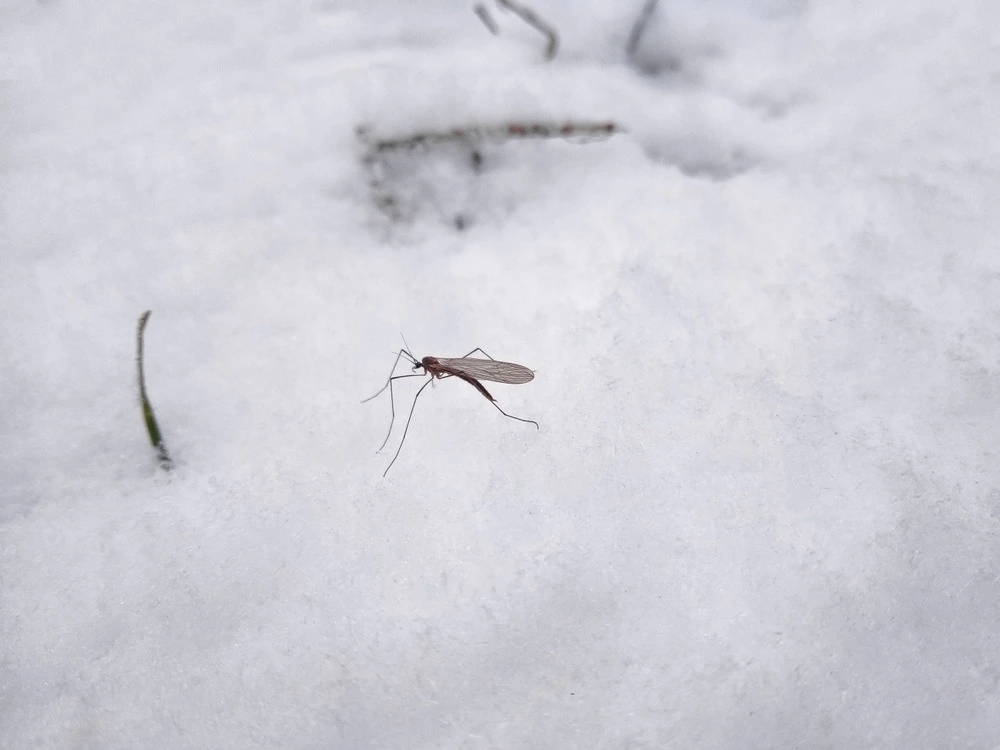Warning Signs of a Rodent Infestation

There they are again — those strange scratching and skittering sounds that might be coming from the wall. Surely, it’s not what you dread most — a rodent infestation (ugh!). Unfortunately, mice, rats, and other rodents do move into buildings, seeking warmth, food, and shelter. While winter’s cold is a primary force driving these … Continue reading Warning Signs of a Rodent Infestation
Read more






